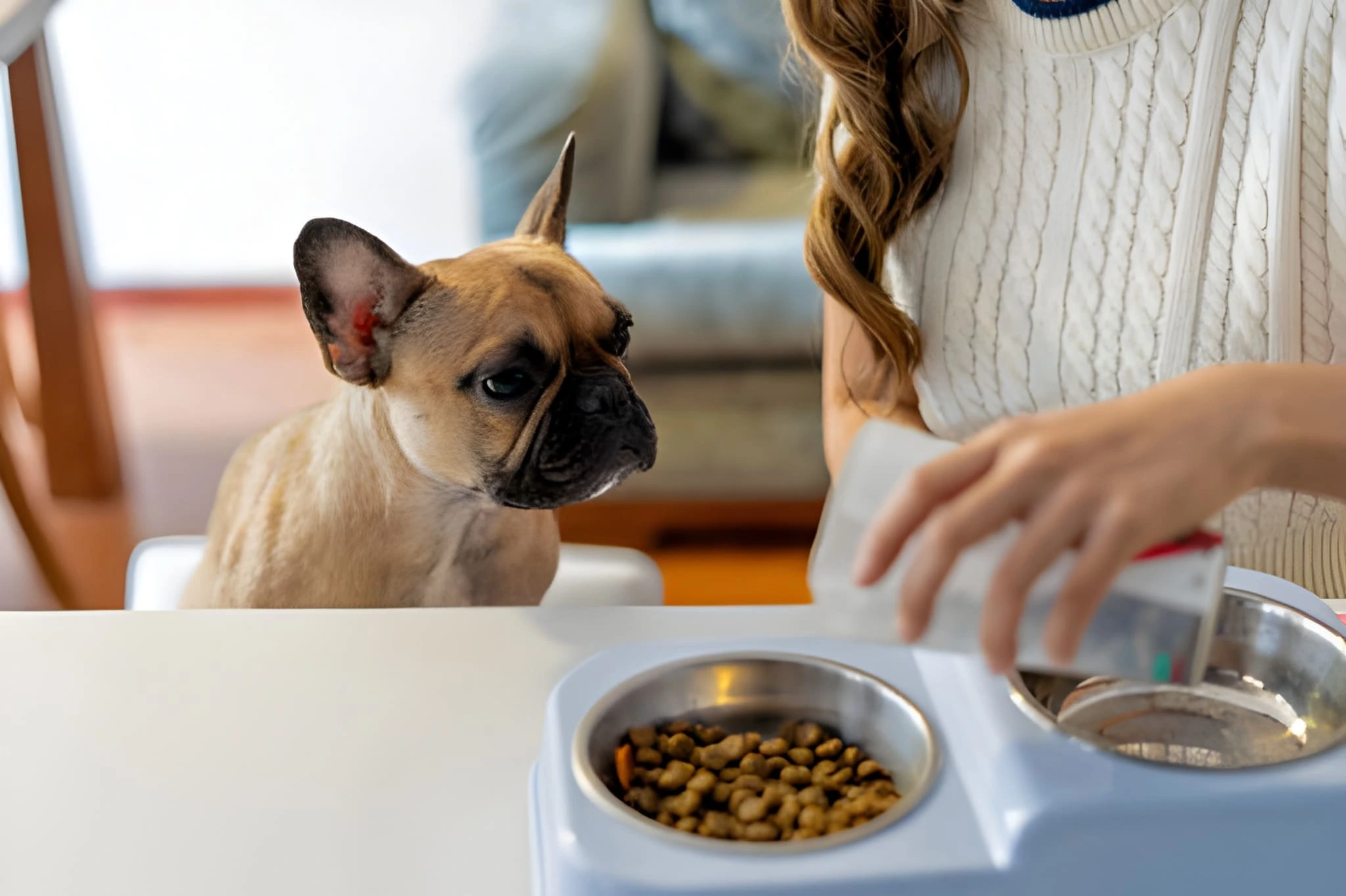
That first time leaving a dog at a boarding facility can feel pretty stressful for everyone involved. Dogs pick up on their owner’s emotions, and if there’s anxiety in the air, they’re going to sense it. The good news is that most dogs adapt to boarding much better than expected when they’ve had proper preparation ahead of time.
The key to a smooth boarding experience starts weeks before the actual drop-off date, not the night before. Dogs are creatures of habit, and sudden changes to their routine can throw them off balance. Taking the time to prepare properly makes the difference between a dog who settles in comfortably and one who spends the entire stay anxious and confused.
Getting the Health Requirements Sorted Out
Every reputable boarding facility has specific health requirements, and these aren’t just bureaucratic hassles. They exist to keep all the dogs safe and healthy. Most places require proof of rabies, distemper, and Bordetella (kennel cough) vaccines, and some also ask for a negative fecal test within the past year.
Here’s the thing though – vaccines need time to become effective. The Bordetella vaccine, for instance, should be given at least two weeks before boarding. Scrambling to get shots done the day before drop-off doesn’t give the dog’s immune system enough time to build protection. Schedule a vet visit at least a month before the planned boarding date to make sure everything is current and there’s time to address any issues that come up.
Flea and tick prevention also matters more than people realize. Even the cleanest facilities can have problems if an untreated dog brings in parasites, so most places require current preventatives. The vet can provide documentation of all these requirements in one convenient health certificate.
Choosing the Right Facility Makes Everything Easier
Not all boarding facilities operate the same way, and finding one that matches a dog’s personality and needs reduces stress significantly. Some dogs thrive in social environments with group play, while others do better with private accommodations and individual attention. When searching for quality care, facilities such as Orlando pet boarding – Miss Emily’s Bed & Biscuit offer various options to suit different temperaments and requirements.
Tour potential facilities in person before making a decision. Pay attention to how the staff interacts with the dogs already there, how clean the spaces are, and whether the dogs seem relaxed or stressed. Ask about daily routines, feeding schedules, and what happens if a dog gets sick or injured. The answers to these questions reveal a lot about how the facility actually operates versus what they advertise.
Practice Runs That Build Confidence
Dogs don’t automatically understand what’s happening when they’re dropped off at an unfamiliar place. To them, it might feel like abandonment if they’ve never experienced it before. This is where practice visits become valuable.
Many boarding facilities offer daycare services or short trial stays. Booking a few daycare sessions before the actual boarding stay lets the dog become familiar with the environment, staff, and other dogs in a low-pressure situation. They learn that this place is safe and that their owner always comes back.
Start with just a few hours, then gradually increase the duration. Watch how the dog responds when picked up – are they happy and tired from playing, or do they seem stressed and clingy? Their reaction provides insight into whether they’re comfortable there or if a different facility might be a better fit.
What to Pack and What to Leave Home
The packing list for boarding doesn’t need to be complicated, but a few key items help dogs feel more secure. Bring enough of their regular food for the entire stay, plus a little extra. Sudden diet changes can cause digestive upset, and that’s the last thing anyone wants during boarding.
A familiar item from home – maybe a blanket or a shirt that smells like their owner – can provide comfort. However, avoid bringing favorite toys or expensive items that might get lost or damaged. Most facilities have plenty of toys available, and dogs often care less about specific toys when they’re busy playing with new friends.
Clearly label everything with the dog’s name and owner’s contact information. In a facility with dozens of dogs, unlabeled items tend to disappear into the general population pretty quickly.
The Drop-Off That Sets the Tone
The actual drop-off moment requires a specific approach. Long, emotional goodbyes actually make separation harder for dogs. They feed off human emotions, so when owners are tearful and hesitant, dogs assume something bad is happening.
Keep the drop-off quick and upbeat. Hand over the dog confidently, provide any last-minute instructions to the staff, and then leave without lingering. This might feel cold, but it’s genuinely better for the dog. Staff members are experienced at helping dogs settle in once their owners have left, and most dogs calm down within minutes of drop-off.
Don’t sneak out, though. That creates confusion and can damage trust. A clear, cheerful goodbye followed by a confident exit tells the dog that everything is normal and fine.
Managing Expectations for the Stay
Dogs react to boarding in different ways, and what’s normal for one might not be typical for another. Some dogs barely eat for the first day or two because they’re in a new environment. Others jump right in and act like they’ve been there forever. Neither reaction means anything is wrong – they’re just different adjustment styles.
Most facilities provide updates during longer stays, either through photos, calls, or online portals. These updates help owners relax, but remember that dogs often behave differently when their owners aren’t around. A dog who seems a bit reserved in the update photos might be playing enthusiastically ten minutes later.
After Pickup: The Adjustment Home
When picking up the dog, don’t be surprised if they seem extra tired or even a bit aloof at first. Boarding is exhausting – all that playing, socializing, and new stimulation wears dogs out. Many sleep heavily for a day or two after coming home.
Some dogs also experience what’s called “shutdown” after boarding, where they’re quieter than usual for a few days. This doesn’t mean they had a terrible time. It just means they’re processing the experience and readjusting to being home. Maintaining normal routines and not making a huge fuss about their return helps them settle back in naturally.
The first boarding stay is the hardest, but it gets easier each time. Dogs learn that boarding is temporary, that their owners always return, and that it can actually be a fun experience. With proper preparation and the right facility, boarding becomes just another part of the dog’s routine rather than a source of stress.











